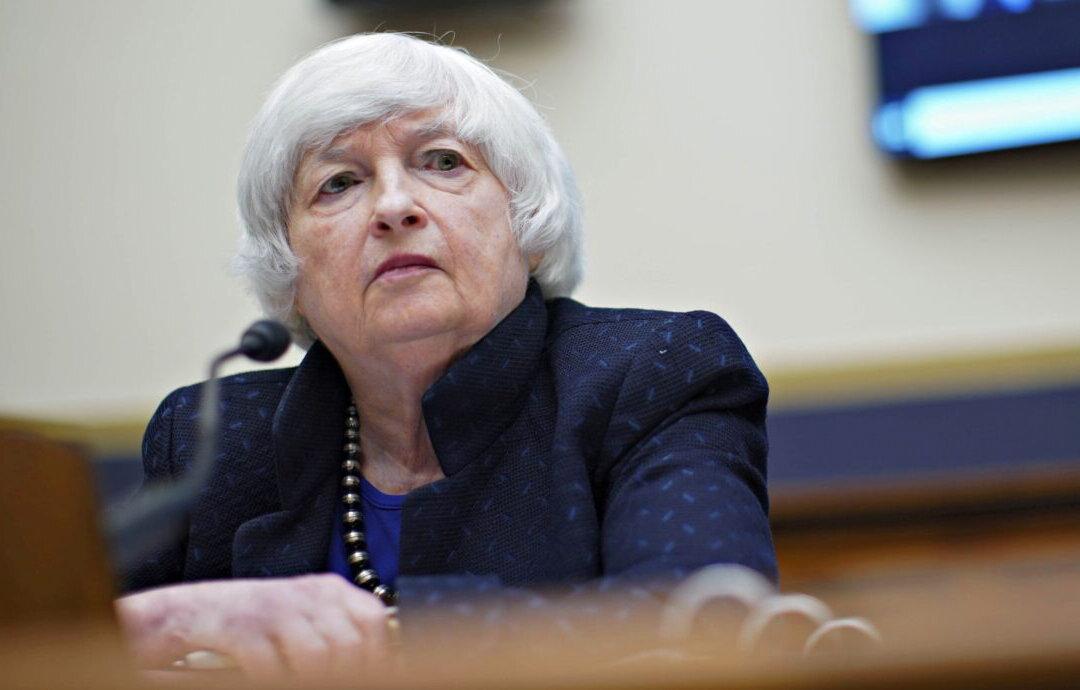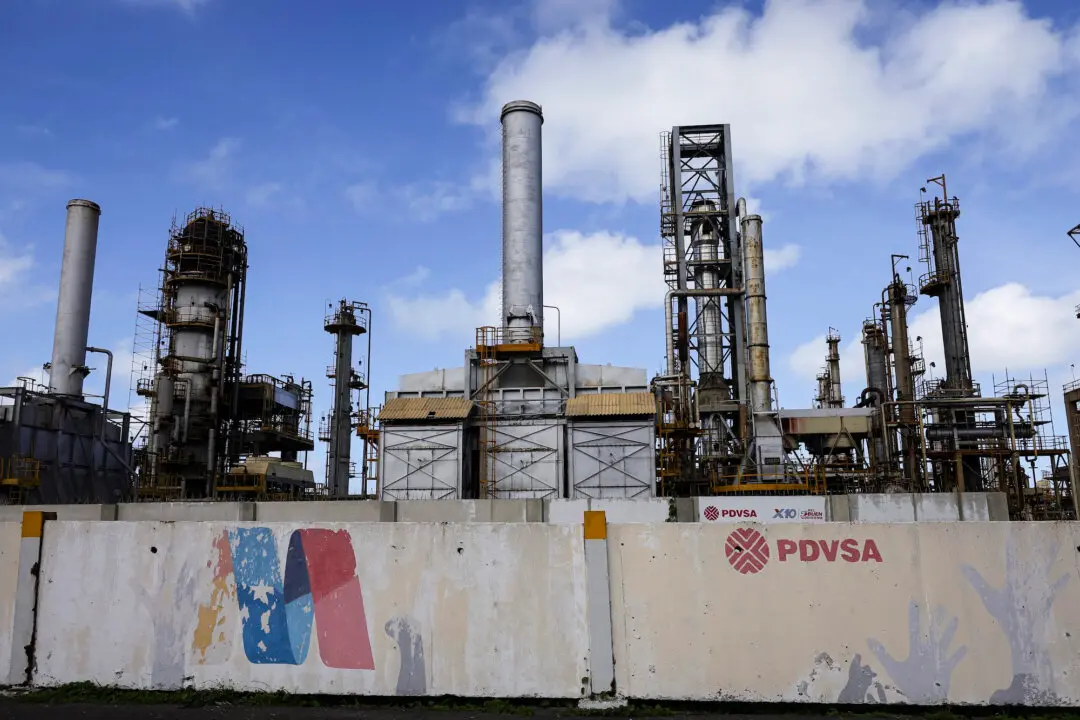Treasury Secretary Janet Yellen waded into the “transitory” versus “persistent” inflation debate on Tuesday, insisting it’s reasonable to view the current price spike as temporary even if it doesn’t abate within the next few months.
“Supply bottlenecks have developed that have caused inflation,” Yellen said in an interview on CNBC’s “Squawk Box” on Oct. 5. “I believe that they’re transitory, but that doesn’t mean they’ll go away over the next several months.”





